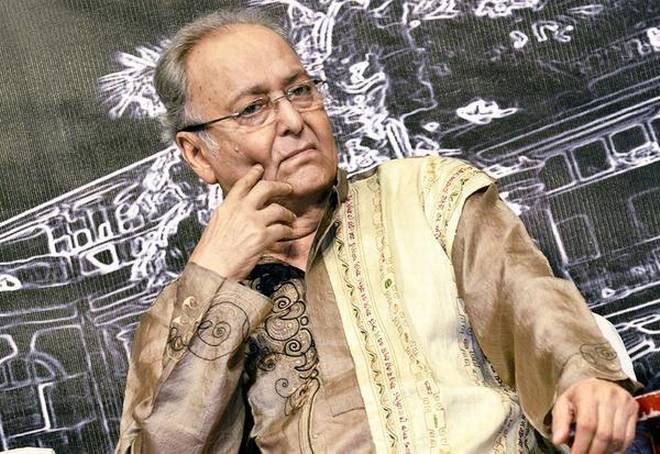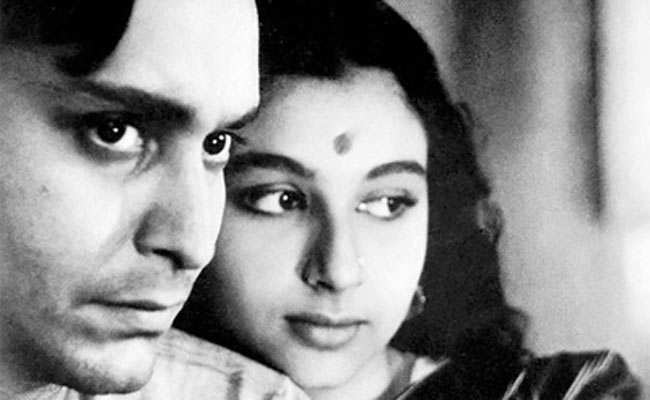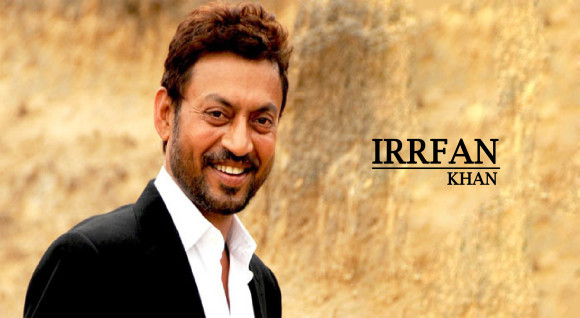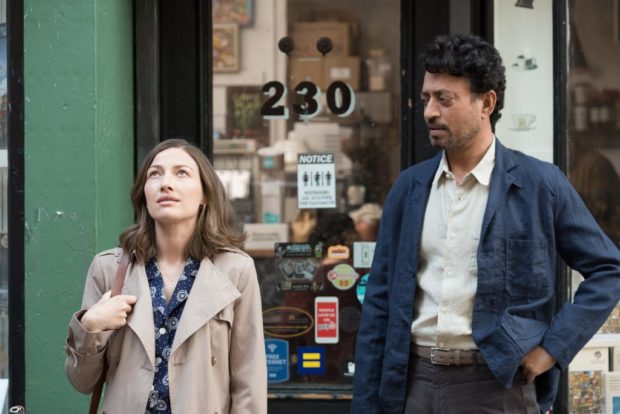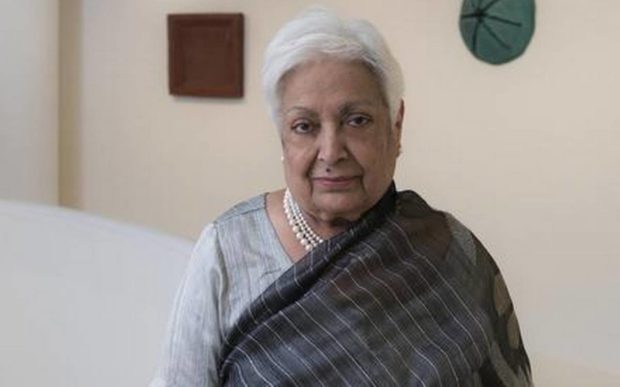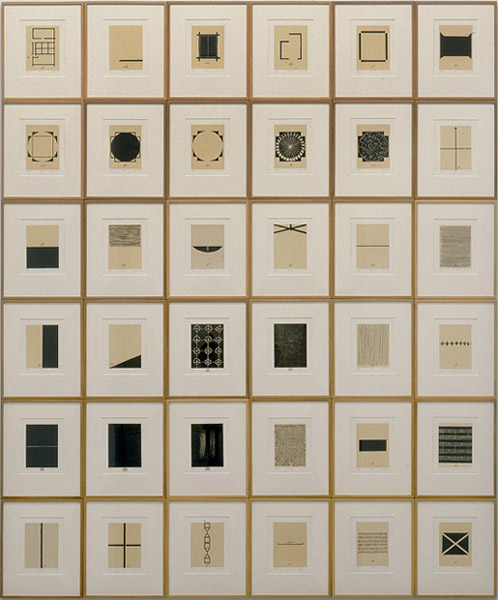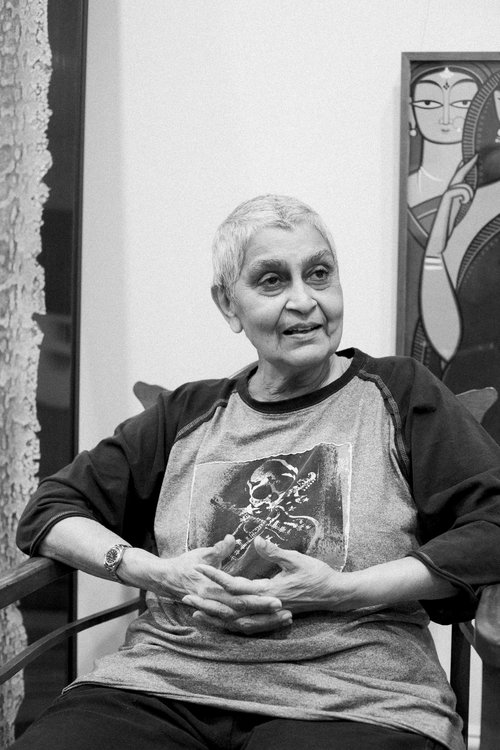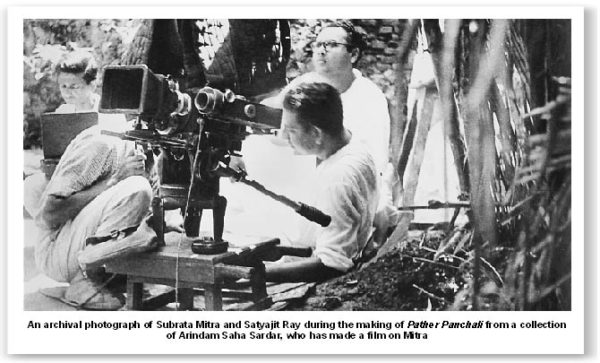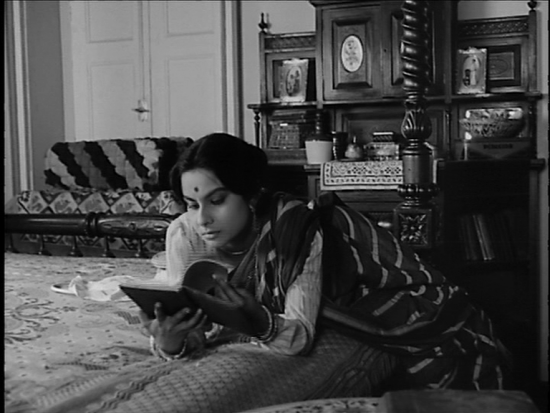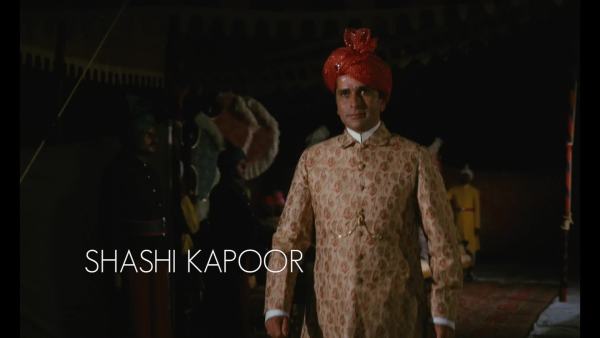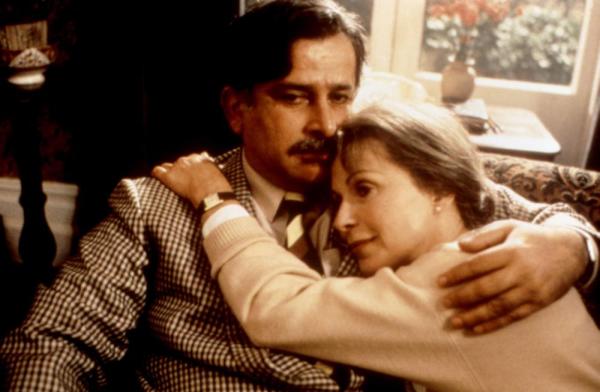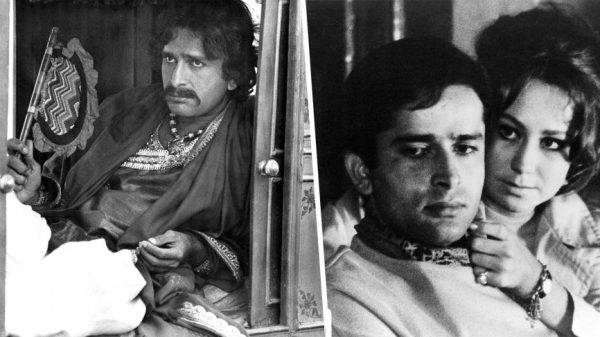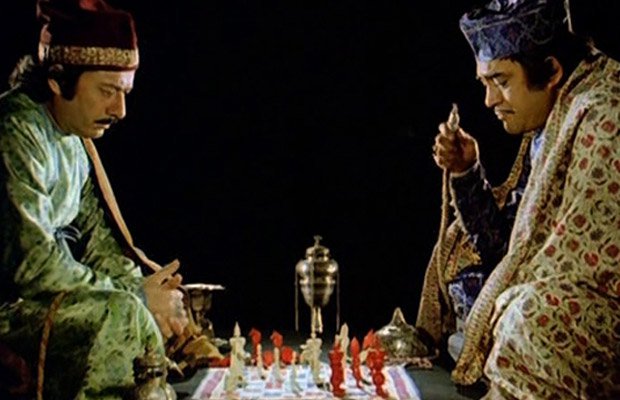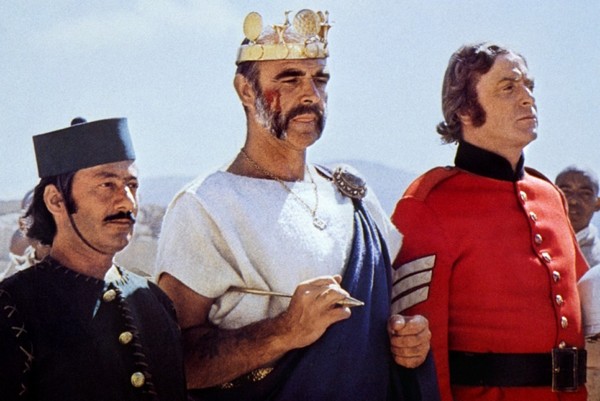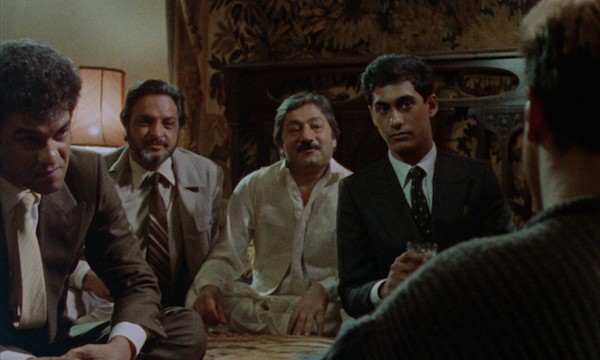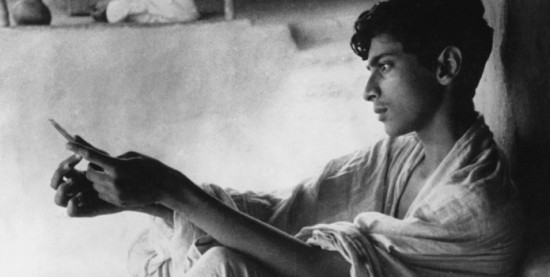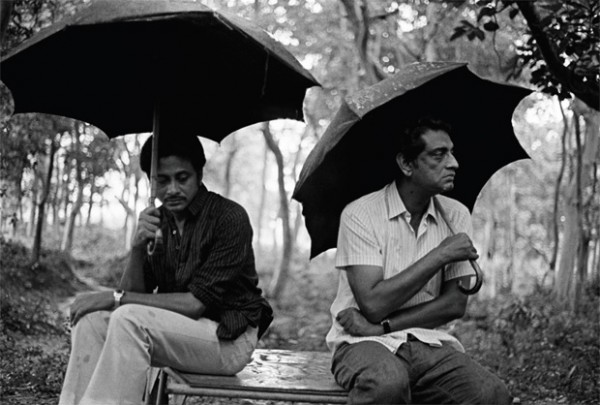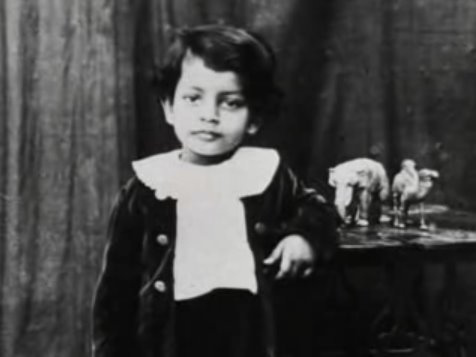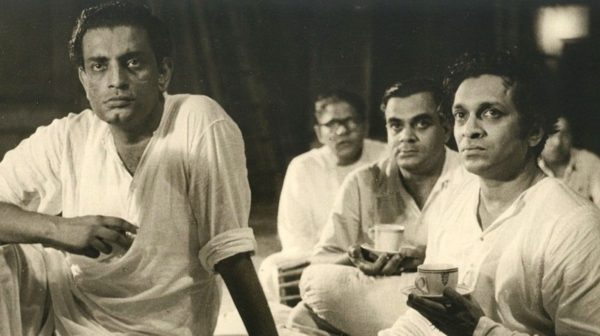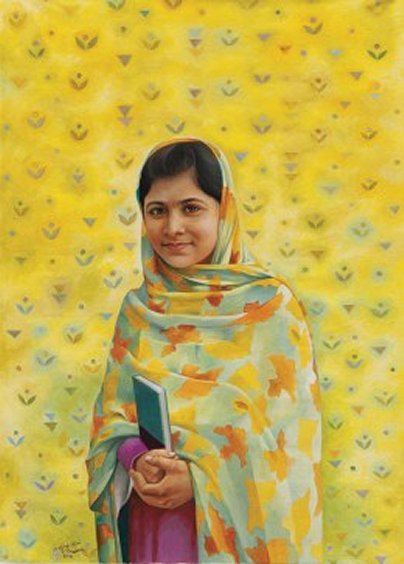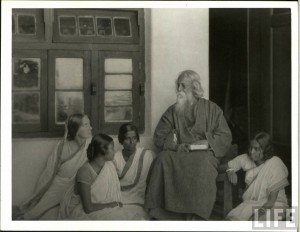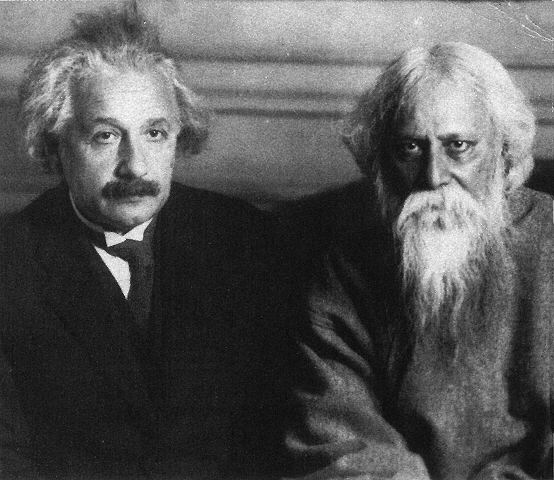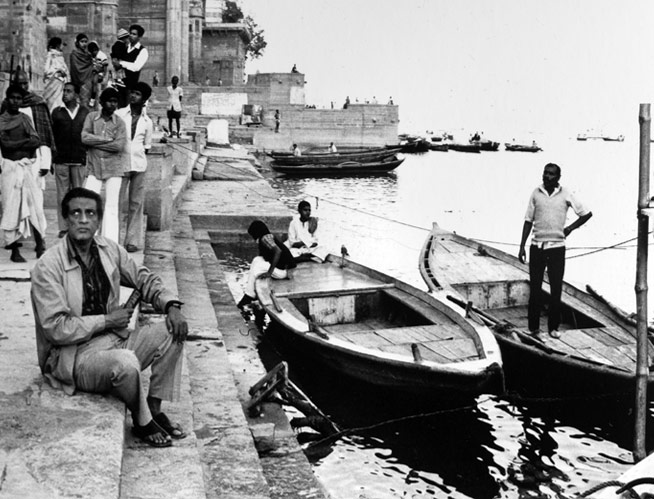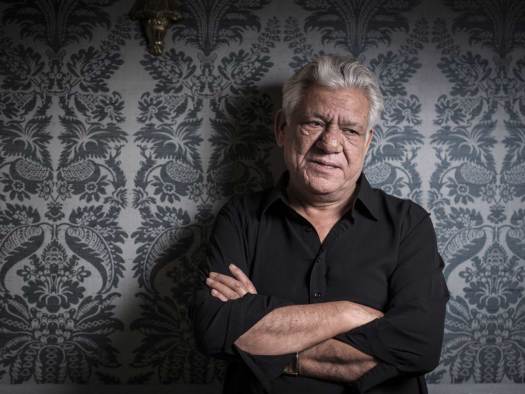
Guardian Obit here.
Om Puri
Om Prakesh Puri OBE (18 October 1950 – 6 January 2017) was an Indian actor who appeared in mainstream commercial Indian, British, and American films, as well as independent films and art films.
Is Om Puri our greatest living actor? on
April, 2000 Michael Spagow asked – h/t Terrence Rafferty via FB.
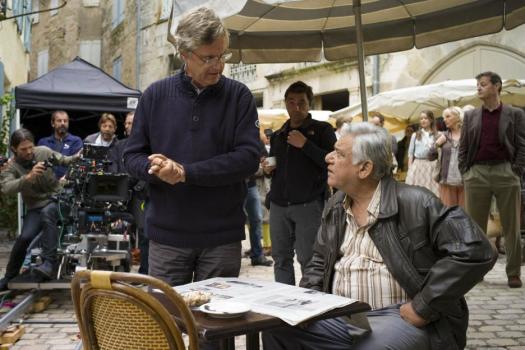
Lasse Hallstrom directing Om Puri –
Om Puri knelt before Helen Mirren –
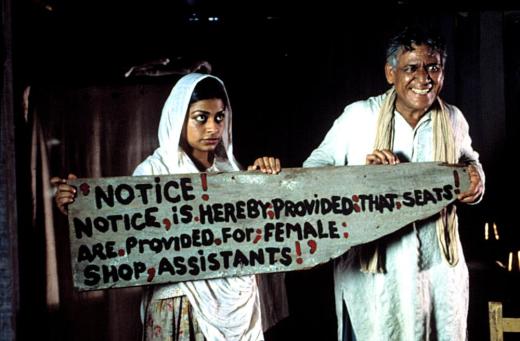
MYSTIC MASSEUR, Ayesha Dharker, Om Puri, 2001(c) Think Film. . Merchant Ivory production..
story by V.S. Naipal.
The Intense Serenity of Om Puri, Citizen of the World
By TERRENCE RAFFERTY APRIL 9, 2000 (NYtimes)
ALTHOUGH Om Puri has appeared, by his own estimate, in something like 140 films in his 24-year screen career and has been characterized by one expert on Indian cinema as ”the finest actor of the post-independence generation,” he does not expect to be recognized on the streets of New York.
But when he and I step out for a cigarette in front of the SoHo Grand Hotel, a middle-aged man and woman strolling up West Broadway look startled, walk a few steps farther up the street, and then, after a fast conference, return to tell Mr. Puri how impressed they had been by his performance in ”East Is East,” which they had seen in Israel. He accepts their praise graciously and modestly, and after they have moved on he puffs contentedly and beams. ”That’s absolutely made my day.”
His delight is so contagious that I instantly banish my suspicion that this improbable encounter has been staged by the wily publicists of Miramax, which is releasing ”East Is East” here on Friday. To be recognized, on a nearly deserted street, for a performance in a British art-house picture that has not even opened in the States? Not bloody likely. And yet: Mr. Puri’s portrayal of George Khan — a Pakistani Muslim married to an Englishwoman (Linda Bassett) and trying to raise seven children in a racially mixed neighborhood near Manchester in the 1970’s — is unforgettable, the sort of performance that should stop traffic. (Light pedestrian traffic, at least.) So I want this scene to be real: It couldn’t happen to a nicer guy, or a better actor.
Back in the hotel’s smoke-free lounge, Mr. Puri, clearly stimulated by the heady combination of recognition and nicotine, expands on his approach to the domestic tyrant George Khan, who could easily have been played as a monster. ”I look for subtext,” he says, ”the hidden script within the script. Here’s a working-class man who comes to England and finds himself in circumstances that are too huge for him to handle. It’s 1971. In Parliament there are people shouting about repatriation. This man who is so rigid on the surface has agreed to stay with his wife in a non-Muslim area and send his children to modern schools. Even his daughter, and for a Muslim it’s very tough to send a girl child to a modern school. I knew I had to find a space for this in my portrayal, without departing from the script or changing the scenes. So when he hits a child it should be with pain. The anguish on his face should give a little balance to his monstrousness.”
<> 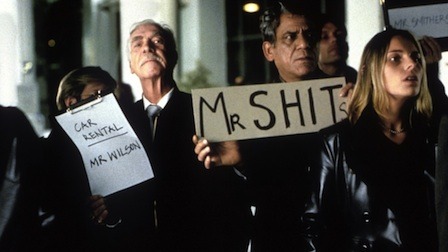
My Son the Fanatic (script by Hanif Kureishi)
Hanif and Omu Puri
<> 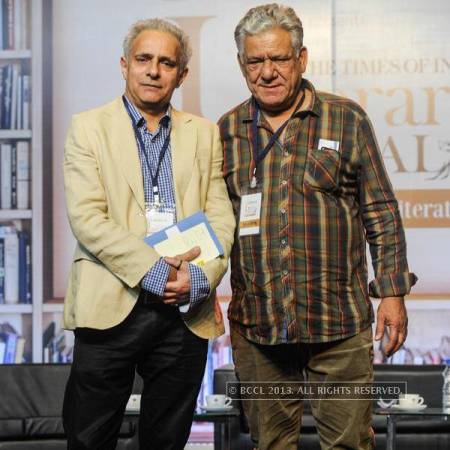
Photo via
(via Interview of Om Puri by Terrence Rafferty.)
In ”My Son the Fanatic,” written by Hanif Kureishi (”My Beautiful Laundrette”), Mr. Puri plays another working-class immigrant father, who is also a Muslim by birth and who also lives in the industrial north, but whose parenting difficulties are precisely the opposite of Khan’s: Parvez, an easygoing cabdriver who loves jazz, drinks a little too much and has for a best friend and confidante a young prostitute, is alarmed that his son has become a militant Islamic fundamentalist.
The actor considers Parvez the richest role that he has had in the English-speaking cinema. And besides, he says, ”I can more easily identify with that character. I consider him to be a citizen of the world. You could send him to Italy, you could send him to Spain, you could send him to Japan and the man would adjust. There is no place where there is not a collage of people, so there are frictions everywhere. Unless people have a sense of tolerance towards each other’s beliefs, life is not going to be easy.”
Mr. Puri describes himself as ”very, very liberal,” which is perhaps why most of his work in his native land has been in ”what we call the art cinema, where the assumption is that cinema or theater is a medium of social commitment,” he says. As he sees it, ”My whole training has set me up for that.”
Born in a rural area of northern India in 1950, Mr. Puri worked his way through a Punjabi university where he joined a theater group and ”drifted” from his youthful ambition to be a military man like his father. The family did not object. ”My father could see that I was economically responsible and really hard-working, so he never questioned my activities. And I never embarrassed him.” He then spent three years at the National School of Drama in New Delhi, where he received what he describes, with some understatement, as a ”very well-rounded” education in the theater: he played Hamlet in Hindi at age 23 and also performed (in that language) Brecht, Shaw, Ibsen, Indian folk plays and even a Kabuki drama.
After a couple of years at the Indian Film Institute in Poona, Mr. Puri lit out for the film-industry capital, Bombay. He anticipated having a hard time breaking into the movies, because he did not have ”an obvious personality” — which means, in part, that he was not handsome enough to attract immediate attention. But his theater work got him noticed and once he had begun making movies his versatility kept him in demand. By 1981, he was well known enough to get a call from India’s greatest director, Satyajit Ray, who was casting ”Sadgati” (”Deliverance”), which was to be the Bengali filmmaker’s first production in Hindi; Mr. Puri was his choice to play the lead, an untouchable.
In a way, the actor says, his career in the West is repeating the pattern of his career in India. He has had small parts in the major studio films ”Gandhi (1982), ”Wolf” (1994) and ”The Ghost and the Darkness” (1996), as well as a substantial supporting role in ”City of Joy” (1992). But his meatiest parts have been in serious, low-budget pictures. That’s fine with him, because he has a good life and a thriving career in Bombay, where he can practice his art in accordance with his bedrock principle: never let yourself be typecast. (His hero is Alec Guinness). ”Om has unusual range for an actor,” Mr. Prasad says. ”He seems equally natural playing an illiterate villager or a powerful intellectual.’
And equally content. Like Parvez — and unlike George Khan — the man adjusts. ”I am happy to be recognized here in New York,” Mr. Puri says near the end of our conversation. ”But it was only two people, and I will not work just so that next time it will be 10 people.” And then he says something that, coming from an actor, strikes me as astonishing, and that may at least partly account for the extraordinary mixture of intensity and serenity that informs an Om Puri performance. ”I, frankly, don’t dream, because I want to remain happy. When you dream too much and the dream doesn’t come true, you hurt yourself. And I don’t want to hurt myself. So I don’t dream. I take things as they are.”
